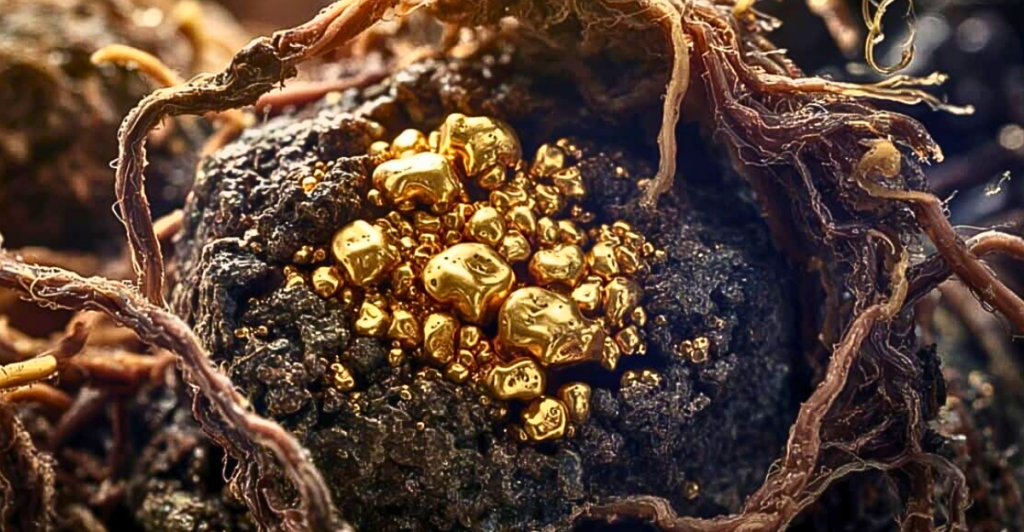
Perhaps stranger than fiction, researchers have discovered a fungus that interacts with gold in a way no one expected. Fusarium oxysporum, a common soil-dwelling organism, can pull microscopic gold particles from its environment and convert them into solid nuggets along its surface. That alone is fascinating, but its potential? Even more so.
This breakthrough suggests that fungi could become nature’s most unexpected mining tool. Instead of dangerous chemicals or heavy machinery, what if we could extract gold using biology? Fungi may offer a cleaner, greener way to mine, both here on Earth and far beyond it.
With space exploration accelerating and traditional mining under scrutiny, the idea of biological gold-mining in space is gaining momentum. Could the future of extracting precious metals from asteroids, moons, or Martian rock rely not on drills, but on microbes?
How Does a Fungus Metabolize Gold?
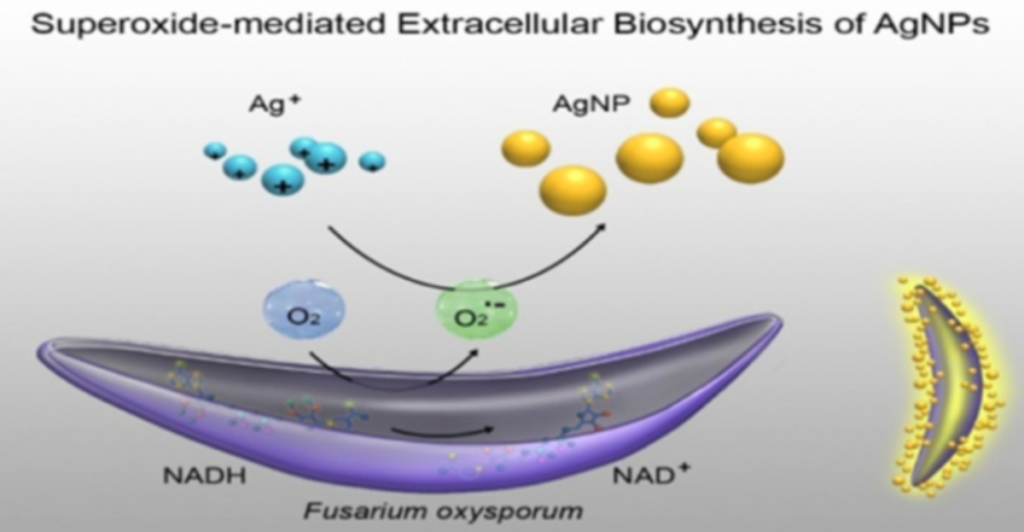
The process is surprisingly elegant. Fusarium oxysporum secretes a special compound that oxidizes gold particles, making them soluble. Once dissolved, the gold is chemically reduced and precipitates back out, but this time, it bonds to the fungus itself, forming nano-scale nuggets right on its surface.
What makes this unique is that it’s entirely self-driven. The fungus doesn’t require external help or energy inputs beyond its natural nutrients. It’s using gold to detoxify its surroundings, essentially turning toxic waste into something valuable; a biochemical version of alchemy.
This cycle of oxidation and reduction isn’t just fascinating; it’s practical. It opens the door to scalable, efficient metal recovery systems that don’t rely on toxic solvents or heavy infrastructure.
Why Biomining Is the Future of Sustainability
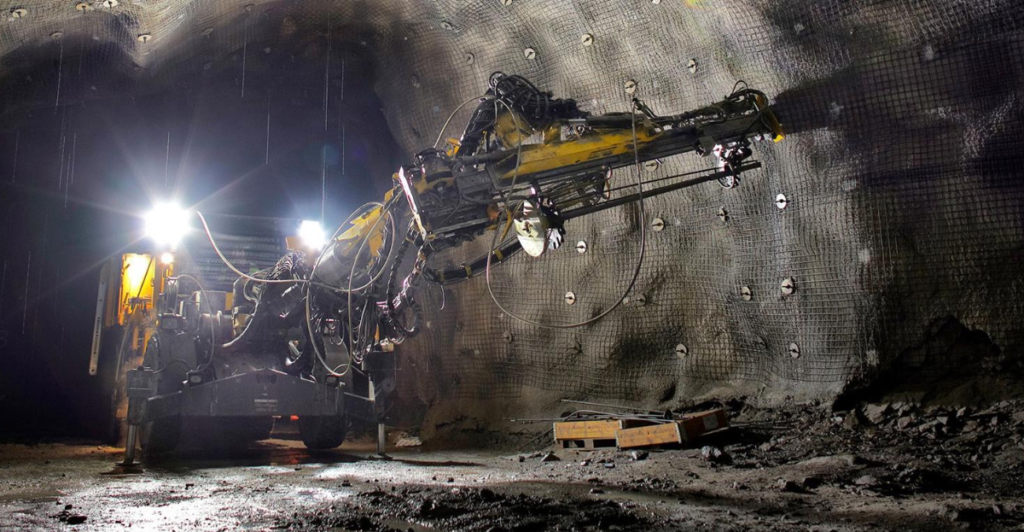
Traditional mining is destructive. It scars landscapes, contaminates water, and emits massive amounts of carbon. Biomining, by contrast, uses living organisms to extract metals with minimal ecological damage. It’s already used to produce up to 15% of the world’s copper, but gold is trickier.
What makes fungi so promising is their ability to thrive in challenging environments and interact with metals more directly than bacteria. Fungal biomining could extract gold from low-grade ores that are too costly to mine conventionally, cutting down on waste and pollution.
As environmental regulations tighten and public pressure grows, biomining isn’t just a cool idea, it’s becoming a necessary alternative. And fungi may be the star players.
Could This Work in Space? Yes — And Here’s How
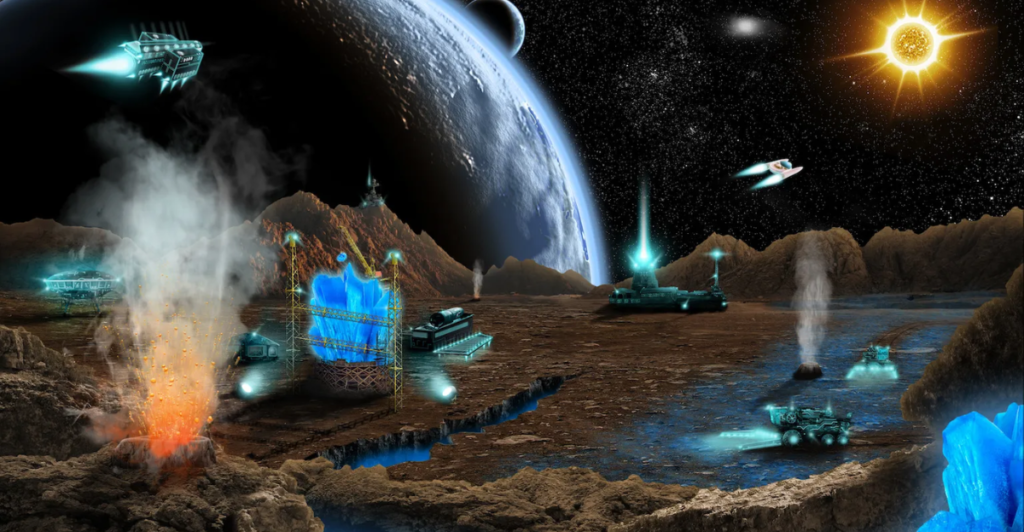
Biomining in space isn’t a distant dream. In fact, experiments aboard the International Space Station have already proven that microbes can leach rare earth elements from basalt in microgravity. Now, researchers are asking: can fungi do the same?
Fungi like Fusarium oxysporum are hardy, adaptable, and self-replicating, all key traits for space travel. If loaded into a compact bioreactor, they could be deployed on asteroid surfaces or Martian soil to harvest precious metals needed for infrastructure, electronics, or trade.
Rather than hauling tons of mining equipment into orbit, astronauts could grow their own miners. That’s not just efficient, it could redefine how we build off-world economies.
Advantages of Fungal Mining in Space Environments
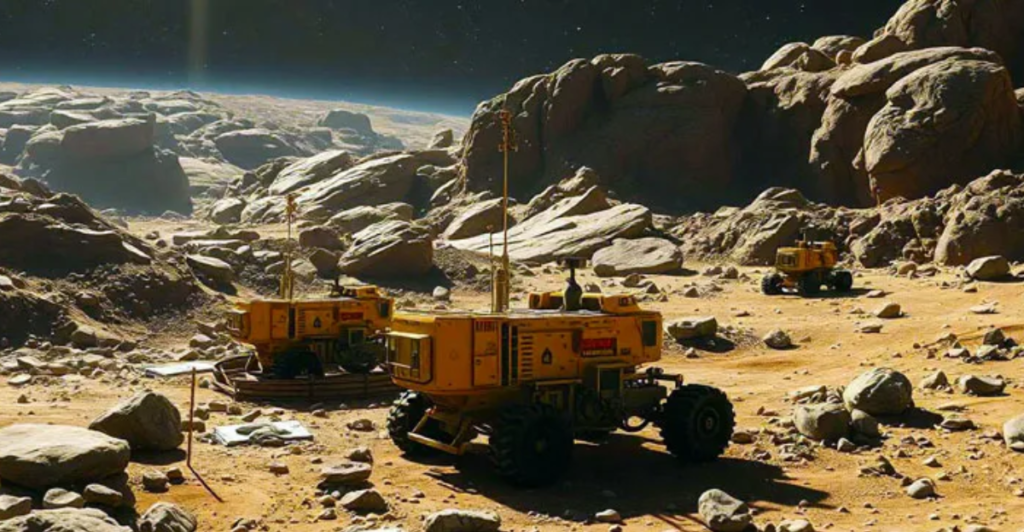
Fungi don’t need much to thrive, just moisture, nutrients, and a little time. That makes them ideal for use in resource-scarce environments like space, where traditional mining would be logistically impossible. They also weigh next to nothing, making them cheaper to transport.
More importantly, fungi naturally form biofilms, allowing them to cling to rocks and surfaces critical for working in low gravity. With the right setup, they could be engineered to target specific metals and operate autonomously inside sealed bioreactors.
This means we could extract metals without humans ever having to touch the surface. It’s safe, scalable, and could support permanent space settlements.
The Challenges: Microgravity, Radiation, and Control
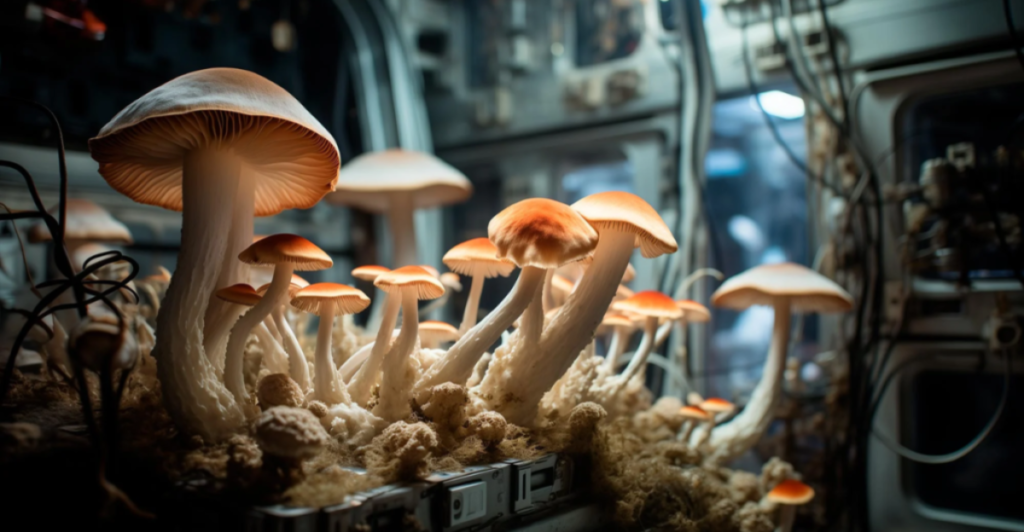
Despite the promise, space biomining isn’t plug-and-play. Microgravity affects how fluids behave, which could change how fungi grow and interact with surfaces. Radiation exposure is another hurdle, it could damage fungal DNA or disrupt metabolic processes.
There’s also the issue of containment. Space agencies must prevent biological contamination, both of extraterrestrial environments and of human habitats. That means designing bioreactors that are secure, self-regulating, and foolproof in case of malfunction.
Then there’s control. Mining fungi need to be efficient but not aggressive. The line between “resource extractor” and “unwanted invader” is thin, especially on a spacecraft.
Earth Applications That Could Happen Sooner
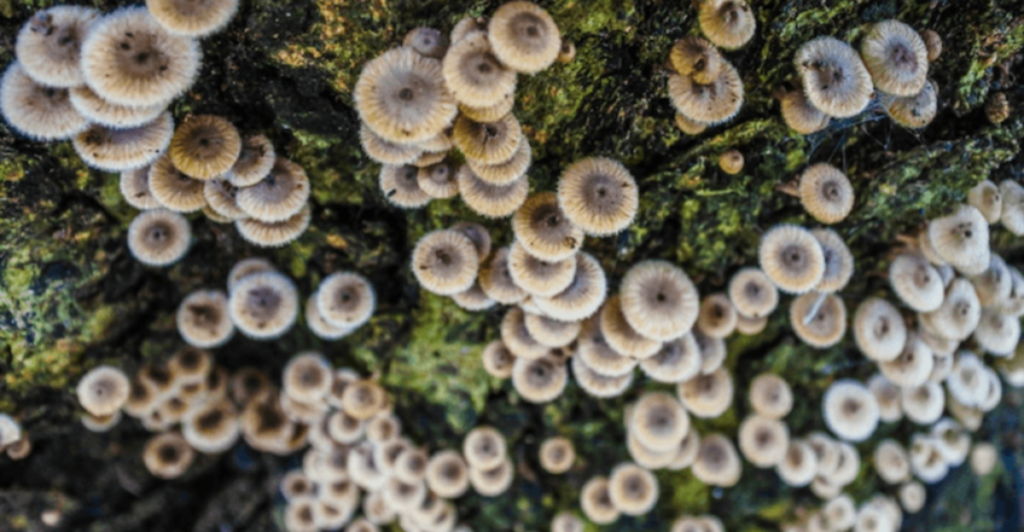
While space mining may be years away, Earth-based uses for fungal biomining could scale up fast. These organisms could recover gold from electronic waste, tailings ponds, or low-concentration ores currently deemed uneconomical.
Cities produce tons of e-waste every year, and most of it is landfilled. With fungal mining, old smartphones and broken laptops could become micro-gold mines. Companies are already exploring ways to integrate this into recycling centers.
Fungi could also help clean contaminated mining sites by stabilizing toxic metals in the soil, turning environmental liabilities into gold-laced assets. It’s low-impact, low-cost, and potentially game-changing.
Who’s Investing in This? Spoiler: It’s Not Just Scientists
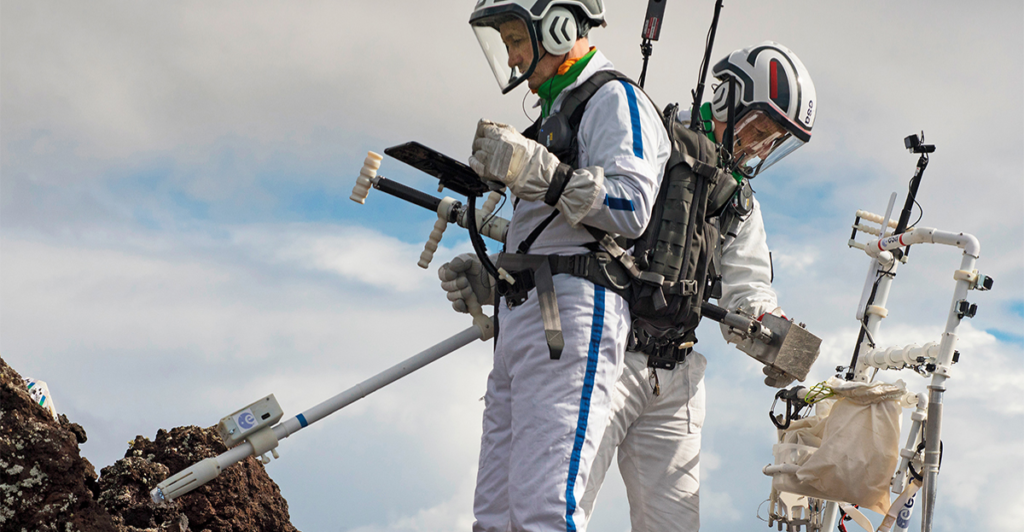
Space agencies like NASA and ESA are already running experiments on microbe-assisted mining. Meanwhile, biotech firms and mining startups are eyeing this technology for commercial use. Even tech companies reliant on rare metals are watching closely.
The market value of in-space resources is estimated in the trillions. That makes any technology that enables off-world resource extraction deeply attractive, not just scientifically, but economically. Investors want in early.
As sustainability becomes a corporate priority, companies that adopt eco-forward extraction methods will gain public trust. Biomining ticks both the ESG and innovation boxes, it’s a rare win-win.
What’s Next for Gold-Munching Fungi?
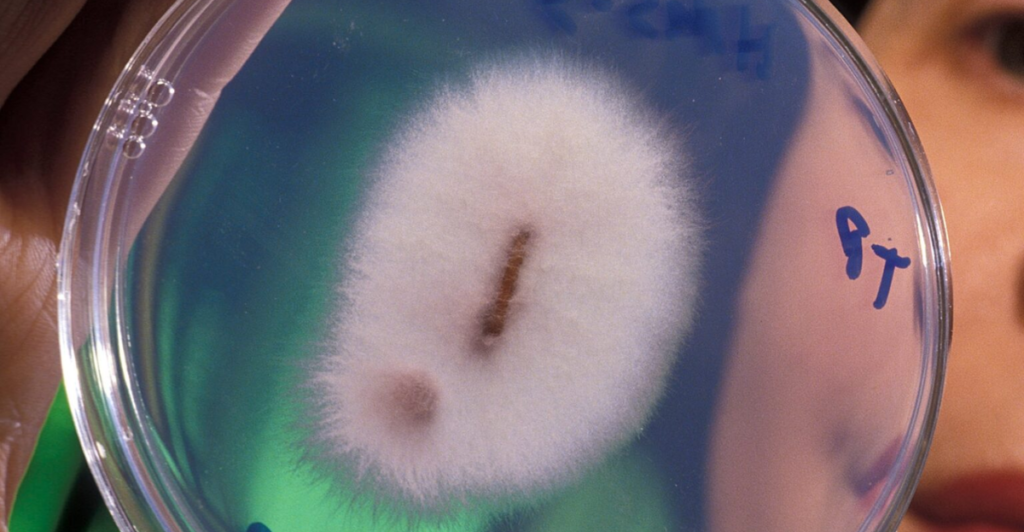
Researchers are now working to engineer fungi with enhanced capabilities. This means tweaking their DNA to improve metal uptake, processing speed, and resistance to radiation, especially important for space applications.
They’re also developing portable bioreactors that could be deployed in extreme environments, from deserts on Earth to lava tubes on the Moon. The goal? Create plug-and-play microbial systems that can be shipped, started, and scaled anywhere.
With funding from both public and private sectors, the pace of innovation is speeding up. In five to ten years, you might not just read about biomining, you might benefit from it directly.
From Dirt to Cosmos, Fungi May Lead the Way
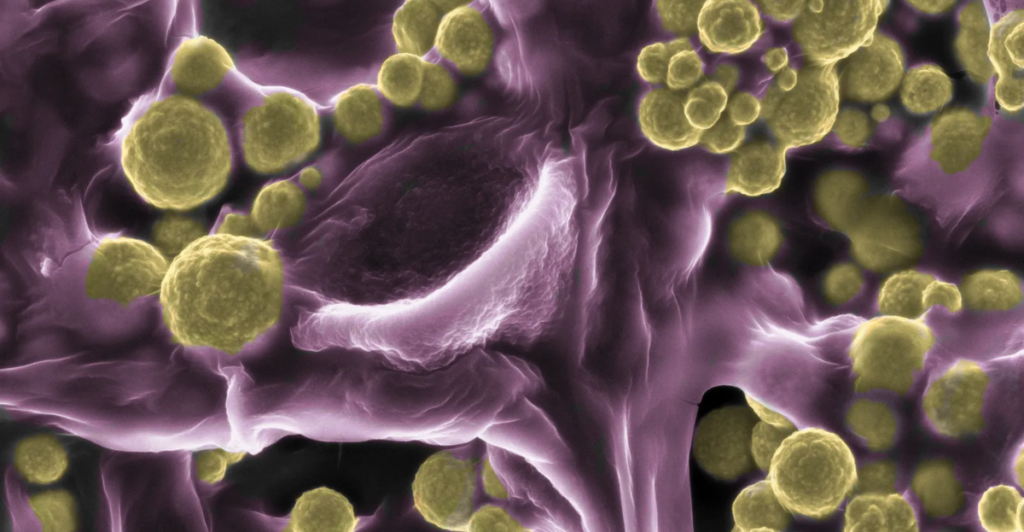
The discovery that fungi can metabolize gold is more than a curiosity, it’s a door to a radically new way of thinking about mining, sustainability, and space exploration. We’ve long looked to machines for progress. Now, we’re learning to look at life itself.
Whether we’re talking about cleaner mining here on Earth or autonomous extraction on Mars, fungi are offering a blueprint for how biology and technology can work together. This is green science with golden potential.
If there’s one thing we know for sure: nature doesn’t just adapt. It innovates. And in this case, it might just revolutionize how we dig for treasure, both at home and among the stars.
Explore more of our trending stories and hit Follow to keep them coming to your feed!

Don’t miss out on more stories like this! Hit the Follow button at the top of this article to stay updated with the latest news. Share your thoughts in the comments—we’d love to hear from you!







